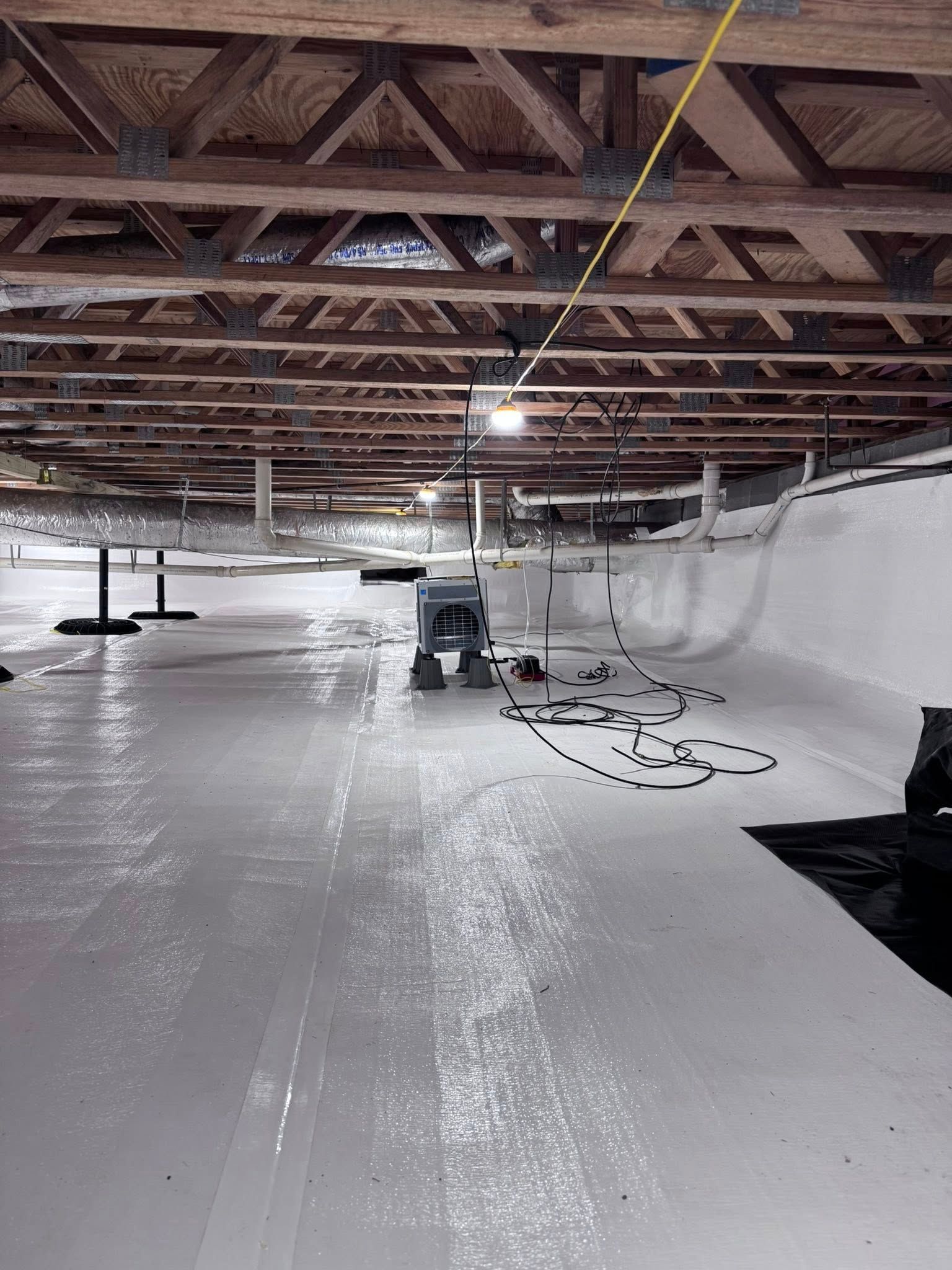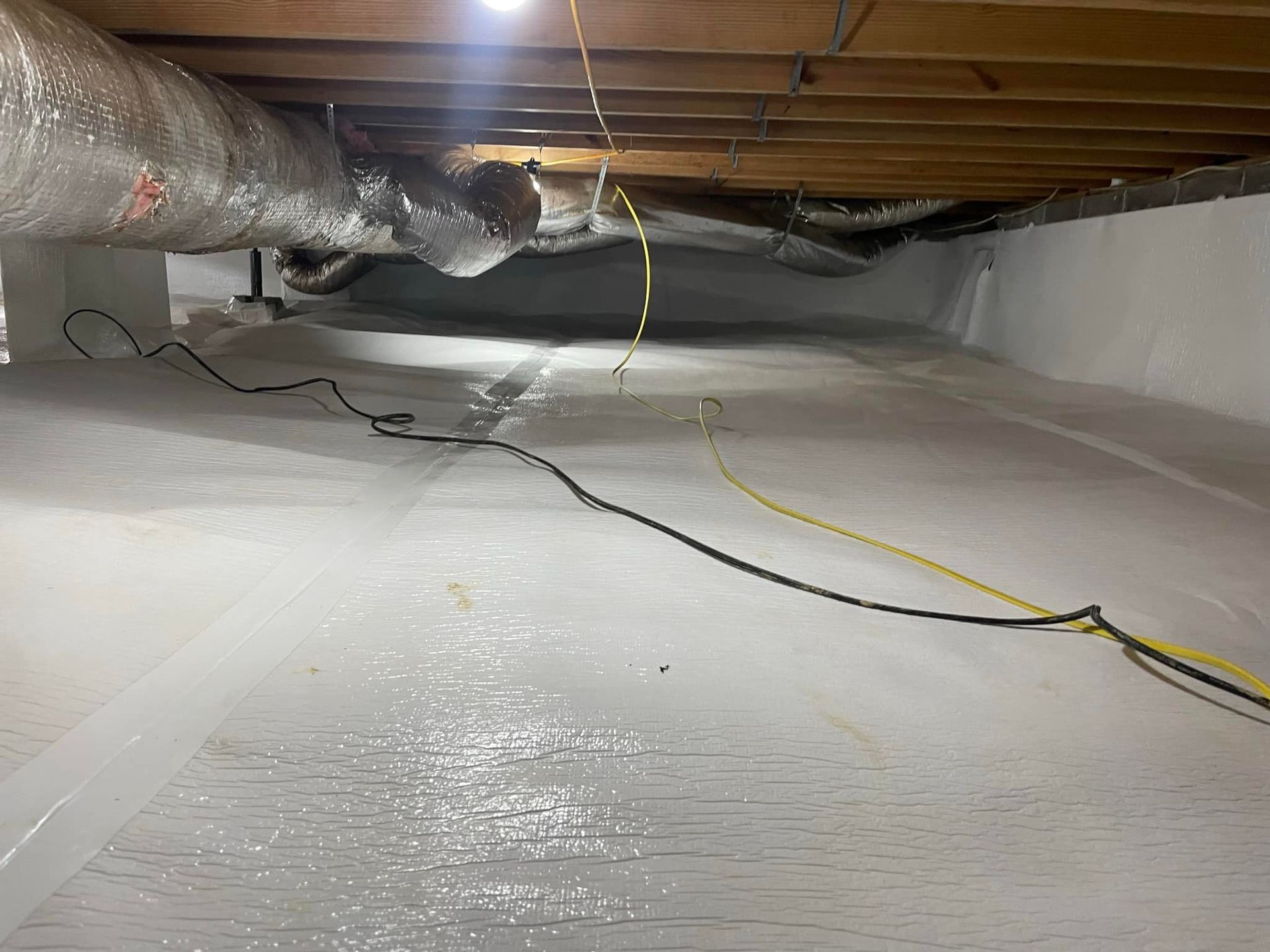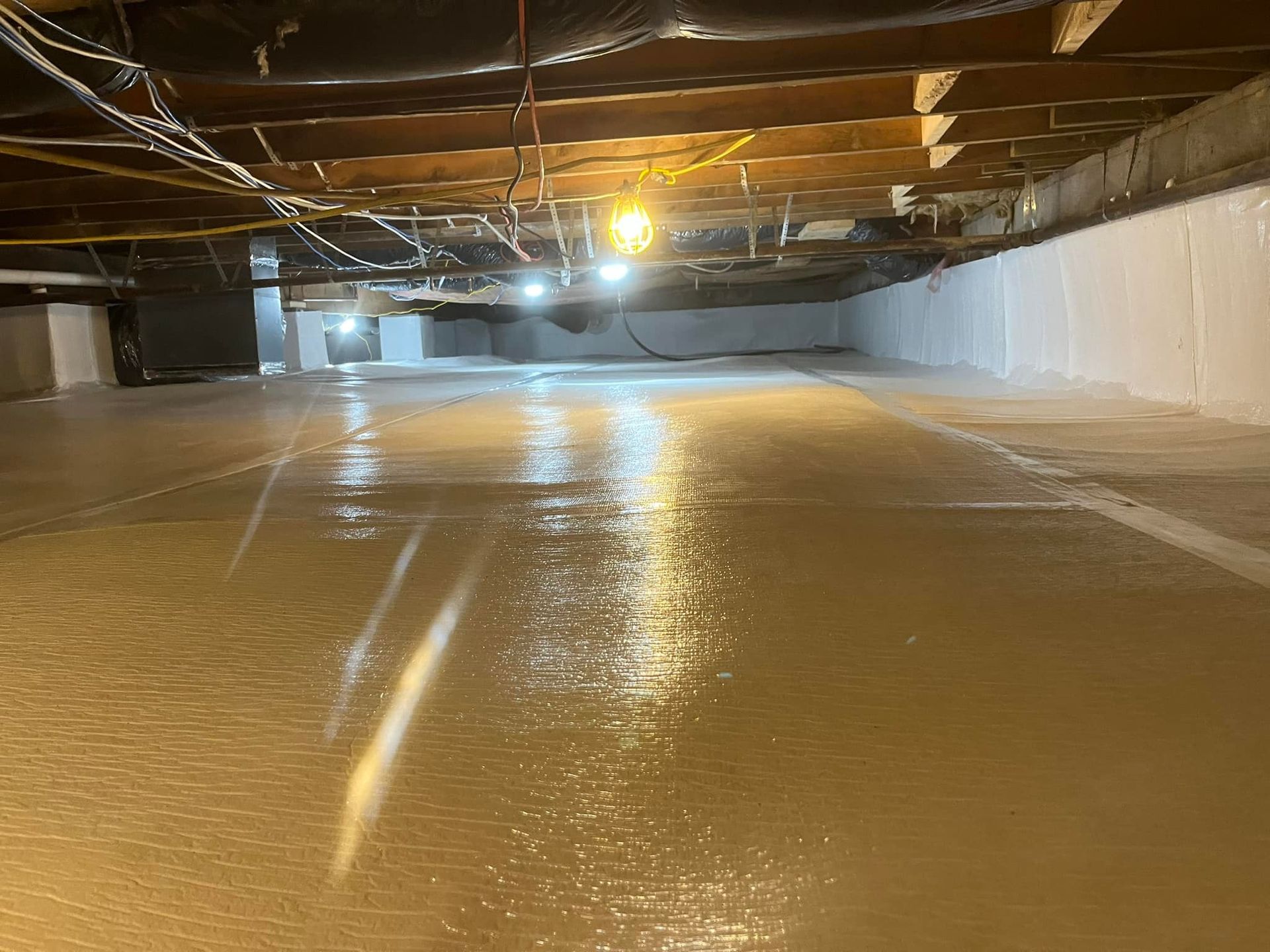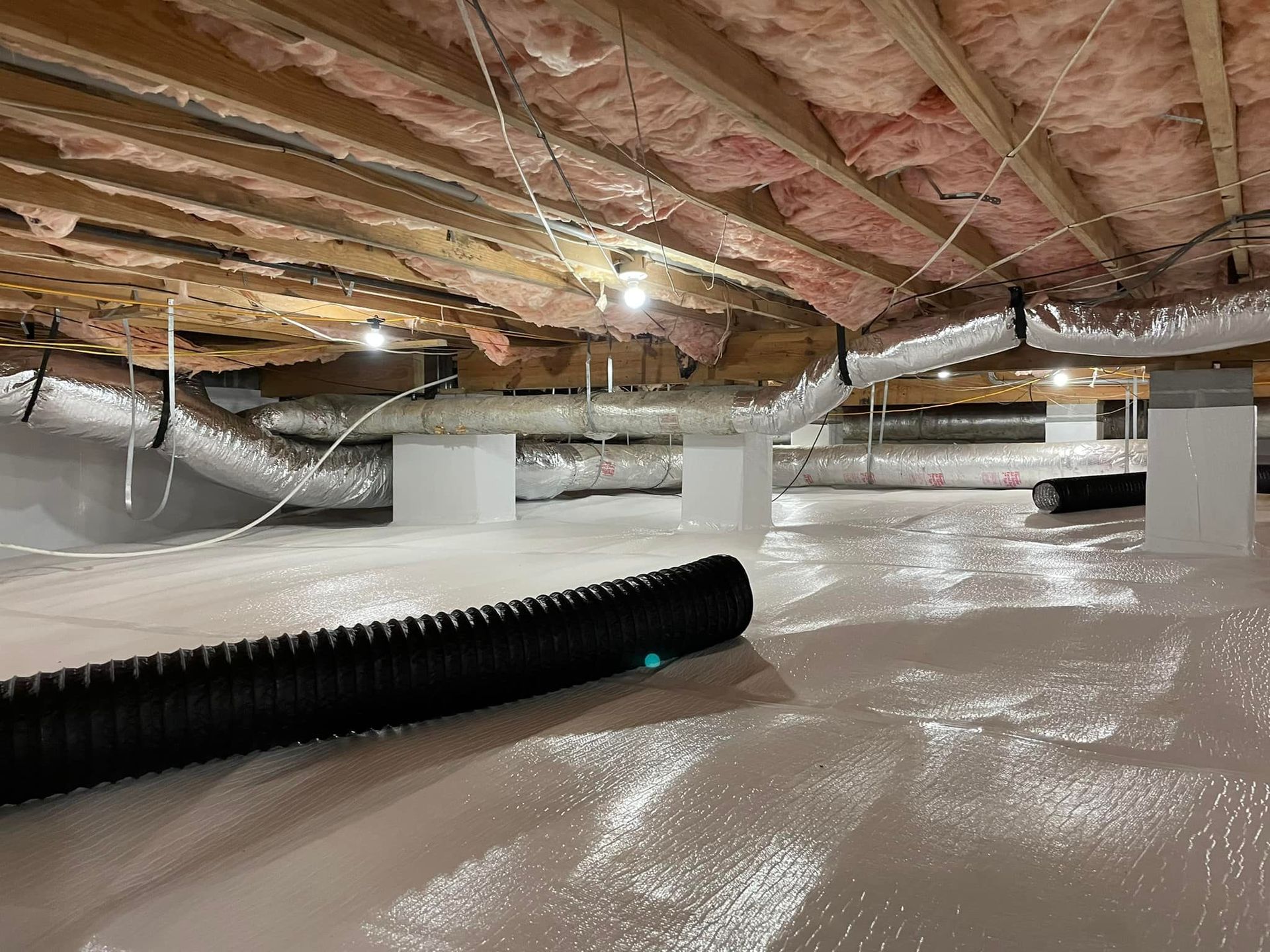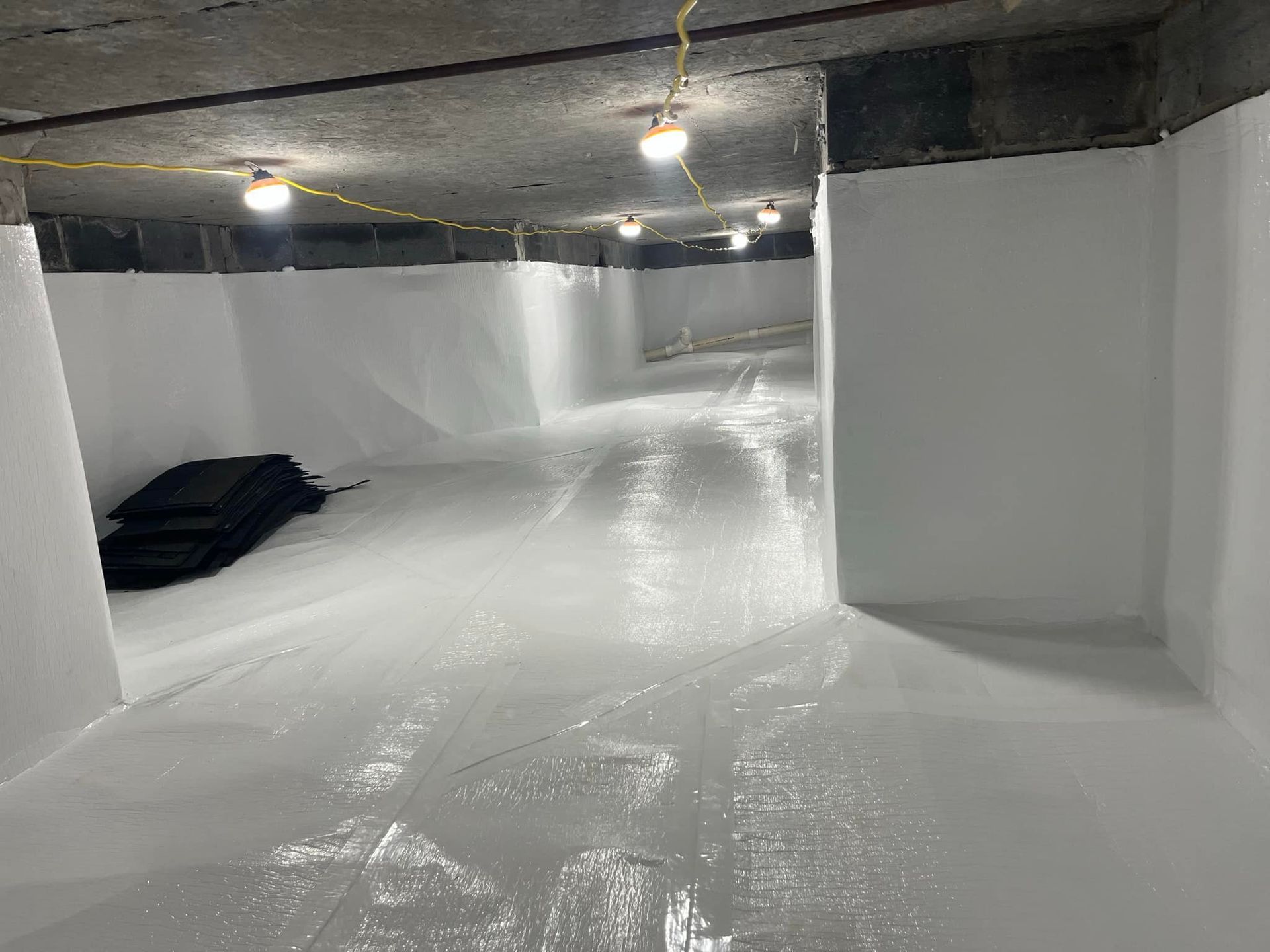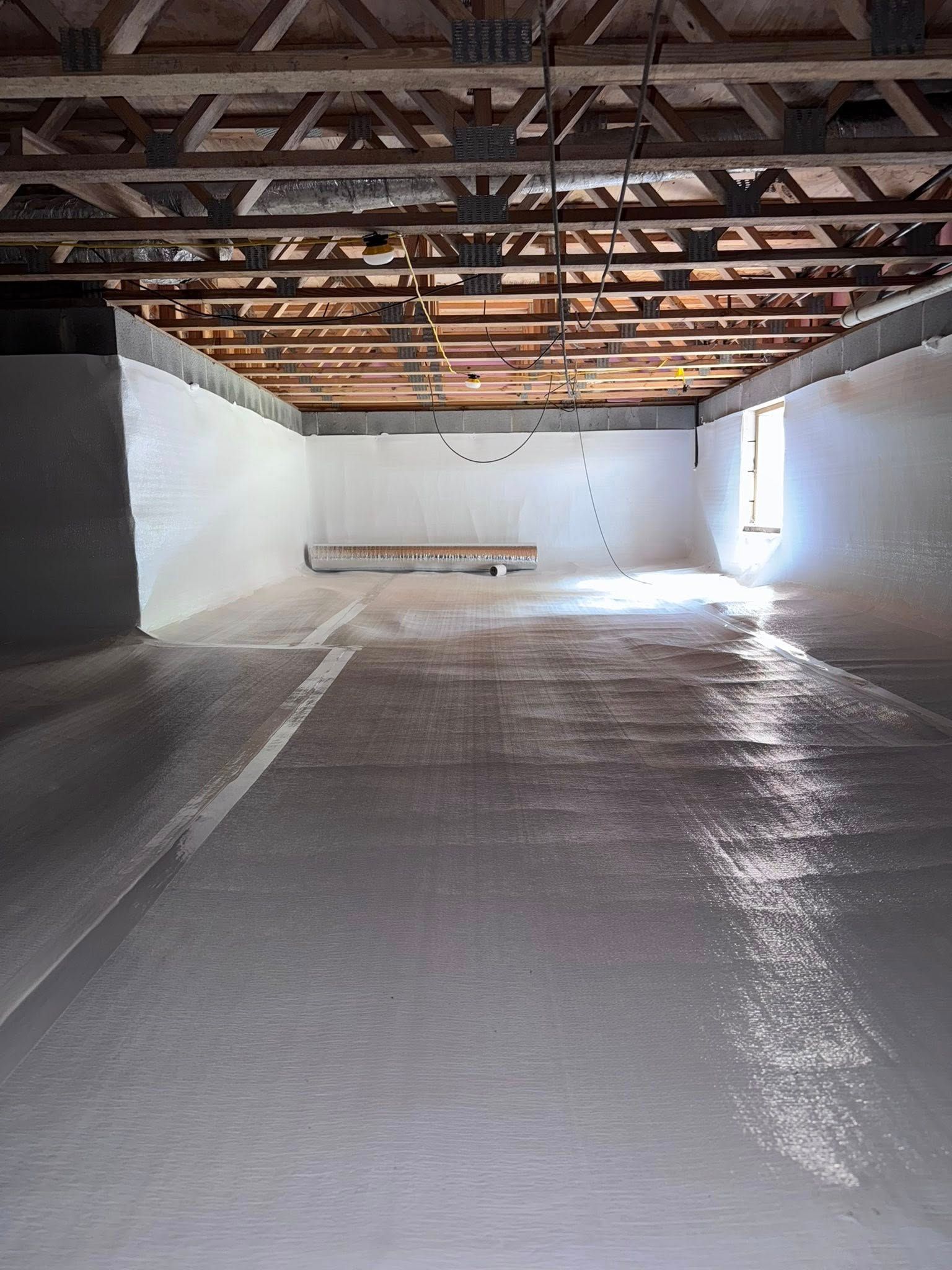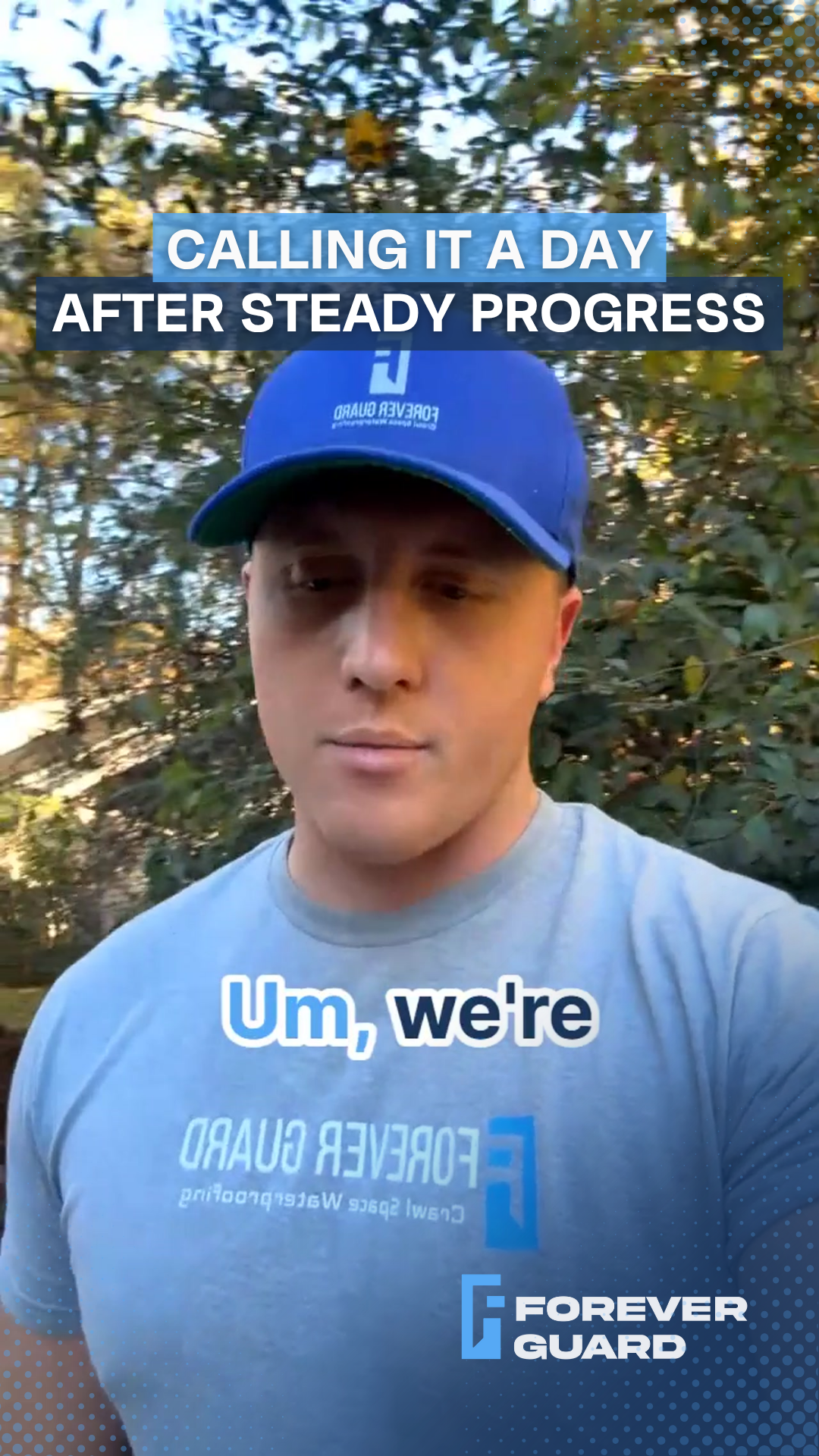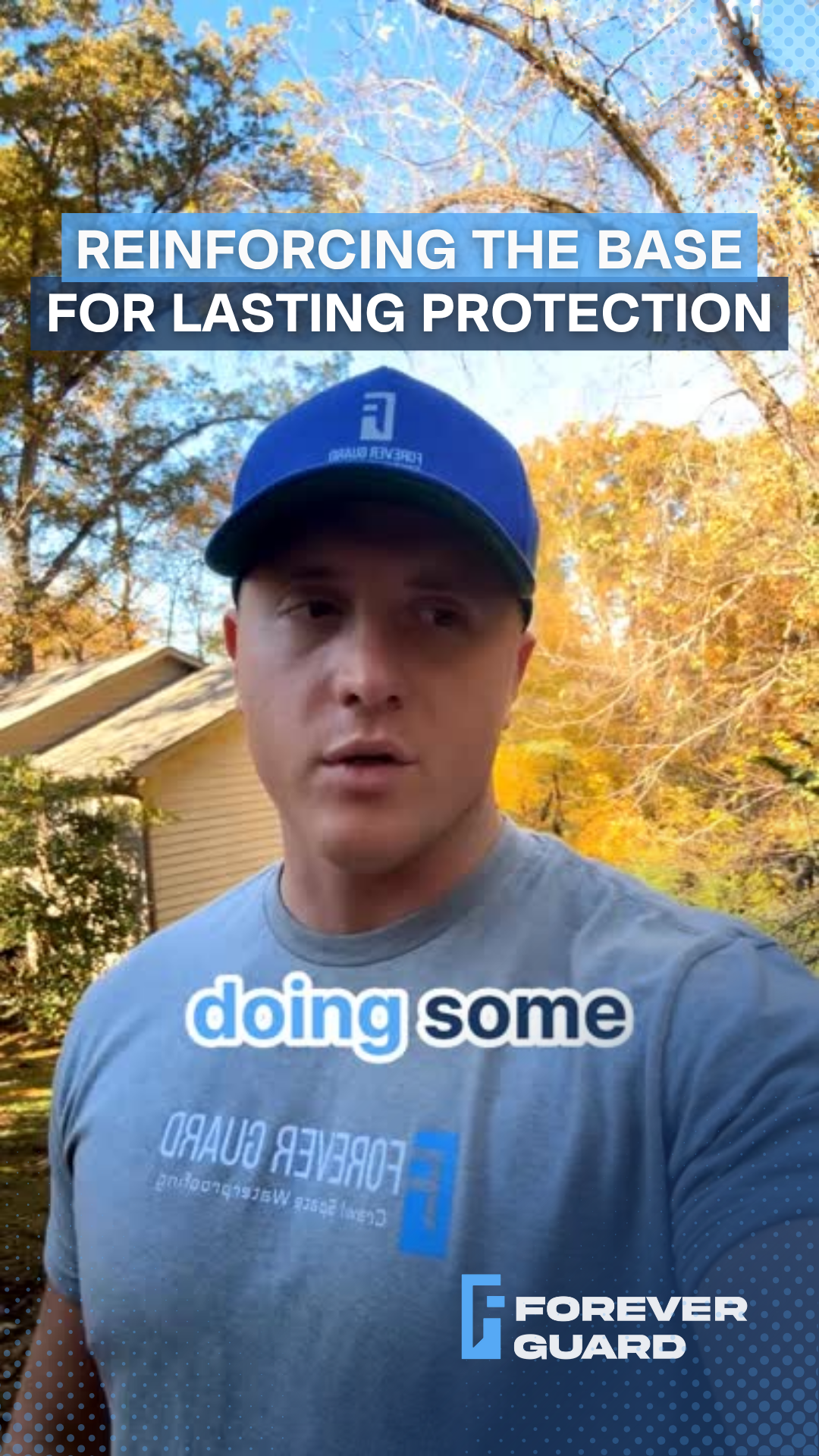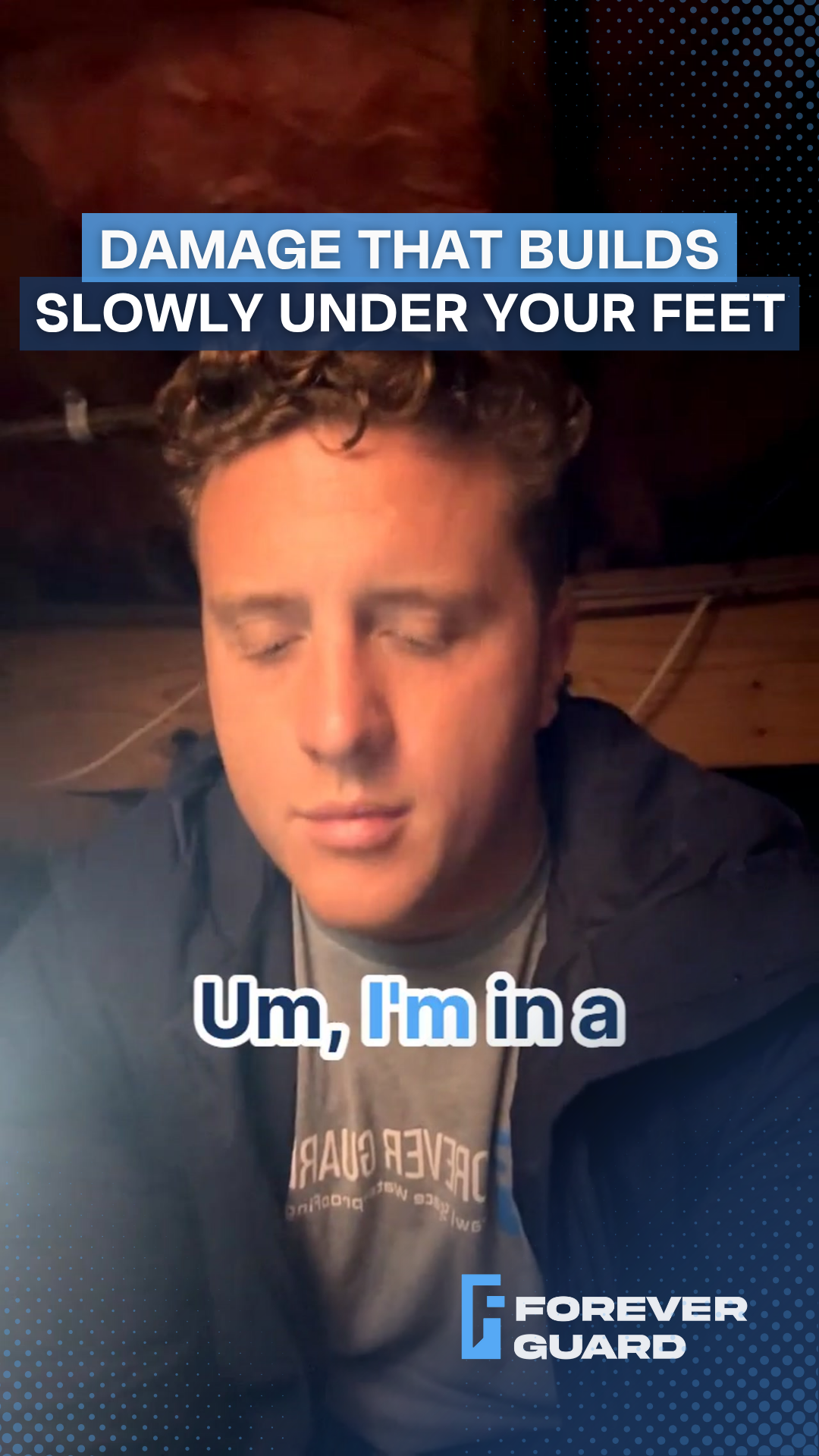The Hidden Dangers of Spray Foam Insulation in Crawl Spaces
Why This Popular Solution Can Create Bigger Problems
A crawl space expert explains what happens when moisture and termites hide behind sealed foam
I got called out to a crawl space in Lenoir City recently, and the second I opened that door, I knew we had problems.
The smell hit me immediately - that sharp cat urine odor that tells you something's breaking down.
The homeowner had invested in what seemed like good solutions: spray foam insulation on the floor joists and a quality dehumidifier running.
On paper, it should have been working great.
But when I got down there and started looking around, I found exactly what I was worried about.
This is something I see more and more.
Homeowners hire contractors who use spray foam because it sounds like the ultimate solution.
Seal everything up, keep the moisture out, problem solved.
Except that's not how it works in crawl spaces.
The Moisture Problem Nobody Talks About
Here's what most contractors won't tell you about spray foam in crawl spaces: once you seal moisture behind that foam, you've created a problem your dehumidifier can't fix.
Think about it - your dehumidifier pulls moisture out of the air it can reach. But when you spray foam your floor joists, you're sealing off all the space behind that barrier. Any moisture that's already there, or that gets in through the wood, is now trapped with nowhere to go.
In this Lenoir City crawl space, we found significant fungal growth on the main beam and floor joists. The dehumidifier was running fine, doing its job in the open air. But behind that spray foam? The wood was deteriorating because the moisture had nowhere to escape.
That's not a theoretical problem. That's your home's structure slowly breaking down in places you can't see or monitor.
Termites Love What You Can't See
But the moisture issue isn't even the biggest concern with spray foam. The real danger is what we call losing your termite sight line.
When you spray foam your floor joists, you're covering up the exact areas where termites do their damage. Termites burrow into wood from the crawl space side, and in a normal setup, you can spot the signs during regular inspections - mud tubes, damaged wood, evidence of activity.
Seal all that behind spray foam, and termites can feast on your floor joists for months or years before you notice anything wrong. By the time you see sagging floors or other signs in your living space, they've already done serious structural damage.
The cost to fix termite damage after it's advanced? We're talking thousands, sometimes tens of thousands of dollars. All because nobody could see what was happening behind that foam barrier.
When Good Solutions Become Half Solutions
What frustrated me about this Lenoir City job was that somebody had spent good money trying to do the right thing. They installed spray foam. They put in a quality E100 dehumidifier. But they left the ground partially open and didn't properly encapsulate the space.
That's what I call a half job. It's better than doing nothing, but it creates this false sense of security. The homeowner thinks their crawl space is protected because they can see the spray foam and hear the dehumidifier running.
Meanwhile, moisture is trapped behind the foam, termites could be working unseen, and the partial encapsulation means the dehumidifier is working harder than it should to control an inefficiently sealed space.
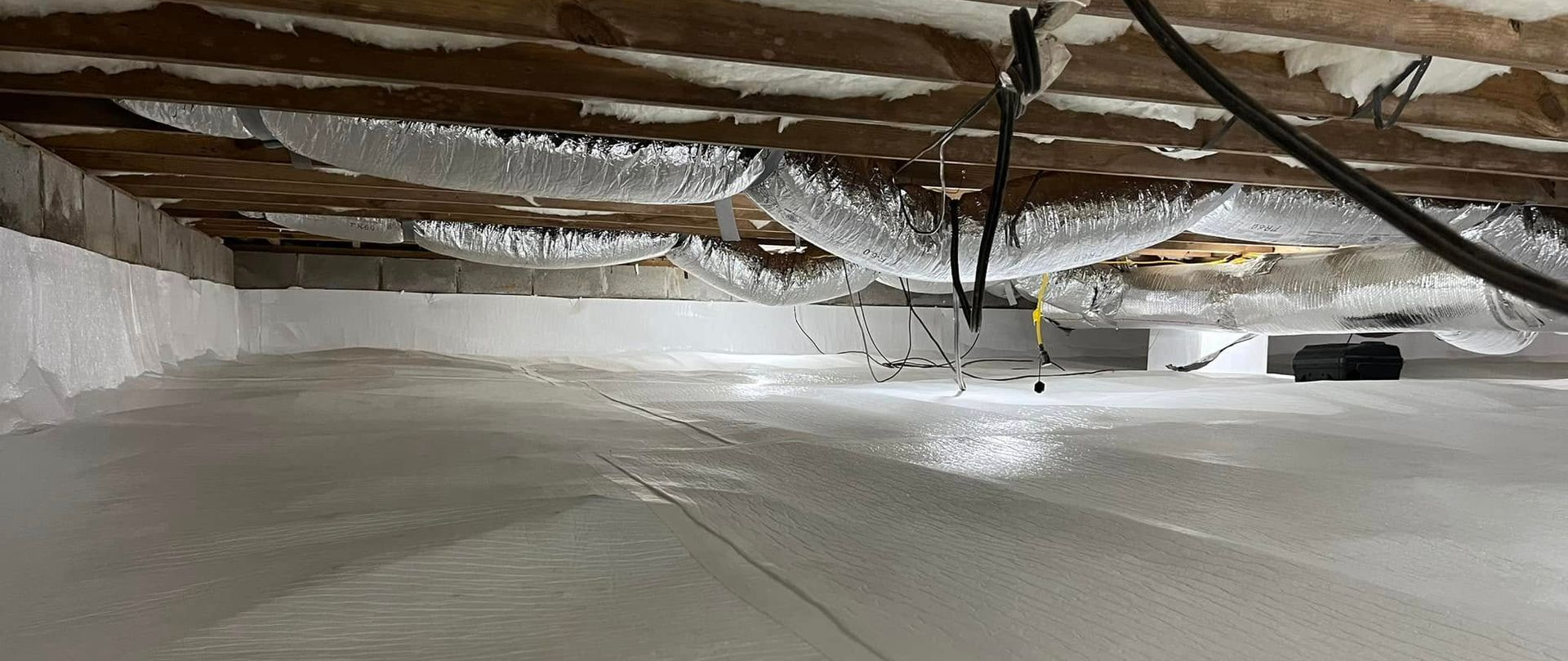
The Right Way to Insulate Your Crawl Space
Proper crawl space protection isn't about sealing everything off and hoping for the best. It's about creating a system that controls moisture while still allowing you to inspect and maintain your home's foundation.
A quality encapsulation uses vapor barriers that won't break down and create odors. It seals the ground completely while leaving your floor joists accessible for termite inspections. The dehumidifier can actually reach all the air in the space because nothing's trapped behind foam barriers.
You maintain your termite sight lines. You can monitor for moisture issues. And when your annual termite inspector comes out, they can actually see what they need to see to protect your investment.
This approach costs more upfront than spray foam shortcuts, but it protects your home for the long term without creating hidden problems.
Protect Your Home the Right Way
Look, I get it. When a contractor tells you spray foam is the answer, it sounds great. Quick installation, seems thorough, and you can check it off your list.
But your crawl space isn't something you want to check off and forget about. It's the foundation of your home, and it needs solutions that work long-term without hiding problems.
If you've got spray foam in your crawl space, or if you're thinking about having it installed, here are the questions you need to ask:
- How will moisture behind the foam be controlled?
- Can termite inspections still be performed properly?
- Is the entire space being sealed, or just parts of it?
- What happens if problems develop behind the foam?
Don't settle for half solutions that create new problems down the road..

